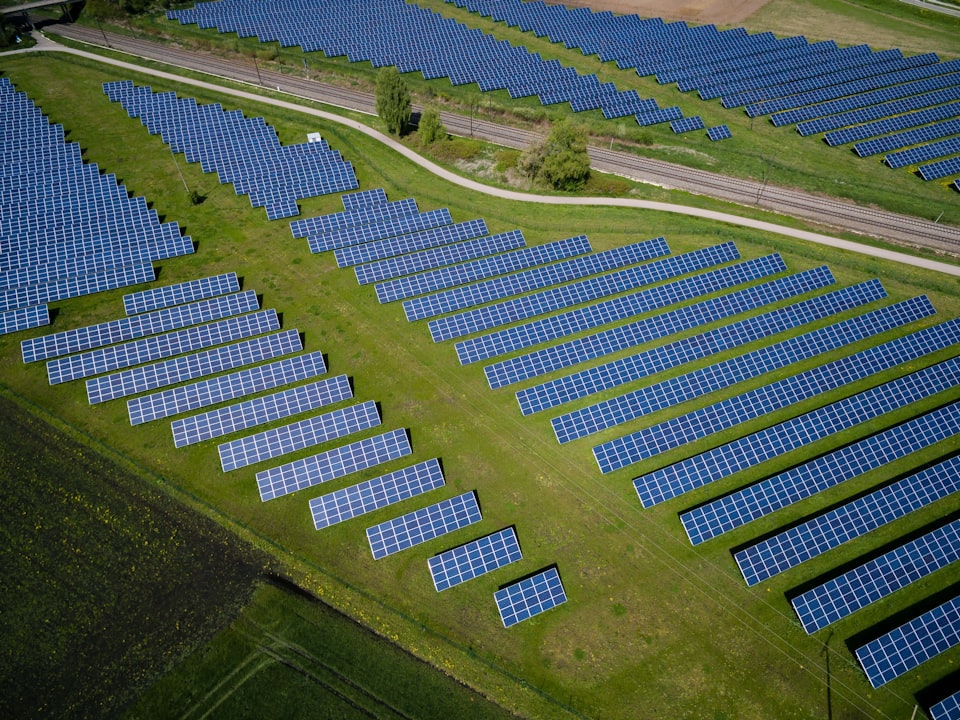How climate tech is like the early days of digital media (Part 2)

In Part 1, I wrote about how climate tech today and digital media circa 2007 shared a powerful similarity. In this post, I'll discuss six specific parallels. If you're coming from digital media, I hope this framing may help you recognize the opportunity to apply your skills in climate tech. If you work in climate tech, I hope this offers an interesting case study from an industry that underwent a massive transformation.
By the time I entered the digital media industry in 2007, it had already experienced one spectacular expansion and implosion, but had since recovered onto a new upward trajectory that continues today as it consumes the broader media industry. Climate tech, previously known as Clean tech, went through its own boom and bust, but is once again attracting massive amounts of capital and corporate interest. And like early digital media, it's the emergence of new market mechanisms and technologies, especially in energy, that are fueling its momentum. So what other characteristics in climate tech are reminiscent of early digital media?
1) The rise of distributed energy generation and storage (DER) via onsite generation, home and EV energy storage, community energy and small energy aggregators. The proliferation of distributed energy looks like the rise of social media and blogs in digital media, upstarts that created large new swaths of digital real estate. The needs of distributed energy will spur the rise of new software, markets and services for aggregation/representation, energy management, intelligence and operations. Services like Octopus, Solytic and Arcadia Energy are pioneers, but expect more.
2) Carbon is the new currency. Just as CPM and CPA replaced GRP and subscriber figures in media, carbon emissions is a new currency that climate-responsible corporations must now track and optimize. Existing corporate systems treat carbon as an afterthought if they track it at all. Corporations will require new systems that center on carbon and influence corporate decision-making on energy use, supplier selection, logistics, product development and more. And this need isn't dependent on government expansion of carbon cap or taxation programs, though they would help – the need for companies to report and mitigate carbon is driven by an arguably more powerful force: shareholder and customer demand for environmentally responsible behavior. Watershed, Sinai and Normative are early companies in carbon management.
3) Data issues. Digital media is now infamous for its use of data, but the early days were characterized by data scarcity. Similarly, today energy and emissions data is dispersed, disparate and dirty if it is available at all. Energy demand and supply modeling doesn't exist at the asset, generation or entity level except in certain closely held ecosystems (e.g. BEMS for high-end buildings) or for the very largest assets. Emissions data is crudely estimated using carbon factors applied against aggregate energy use while buildings data is more likely to exist in a cabinet at the planning office than in digital form. Data sharing, integration, modeling, enrichment and syndication are potential game-changers to provide transparency and performance predictability in energy use, carbon efficiency and new renewables development. Watttime is an early data provider example.
4) Reliance on bespoke tools and first generation software. Digital media's first generation of campaign and site management software were unwieldy and often homegrown. Today's climate-adjacent software for energy use, life-cycle assessments, material flow analysis and environmental impact are similarly first generation. These are characterized by high complexity, high cost, low agility and high integration requirements, meaning they are only accessible to the most invested entities, and aren't easily adaptable. Expect new lightweight, low integration cloud-based software and services to emerge that will expand access to the SMB market and displace incumbent solutions. We will also see tools for investors to see carbon performance of their investments, from companies to renewable assets, as data becomes more widely available.
5) New marketplaces. Second-generation demand response and carbon offset markets are expected to grow 10x+ by the end of the decade, driving standardization and efficiency like the digital ad exchanges did for media. Secondary services, like third-party offset verification and auditing will become available and standardized. The markets for Renewable Energy Certificates (RECs) will become digital and automated, paving the way for more buyers, sellers and value-added secondary service providers. Example companies are Leap, OhmConnect and Pachama,
6) New low cost sensors and data acquisition methods will shed light onto previously dark energy corners, like pixels and "people" modeling did for direct digital media measurement. Sensors in buildings and around generation assets can provide timely data for intelligence and closed-loop measurement and control systems that increase energy and carbon performance. Aggregated sensor data can feed machine learning for prediction and model generation. AI visual analysis of micro-satellite imagery can fill in data gaps for buildings and renewable assets. New opportunities will arise from combining enriching data from new sources. Check out Infogrid as an example company working with AI and sensors.
So that was a very quick tour of some very large opportunities in Climate tech. I'll be exploring some of these in more depth in future posts. Are there more similarities to early digital media I missed? Is this framing absurd? Reach out and let me know!
Interested in hearing more? Read this post about the software opportunity in climate tech. Then subscribe and follow @greenwashalert

